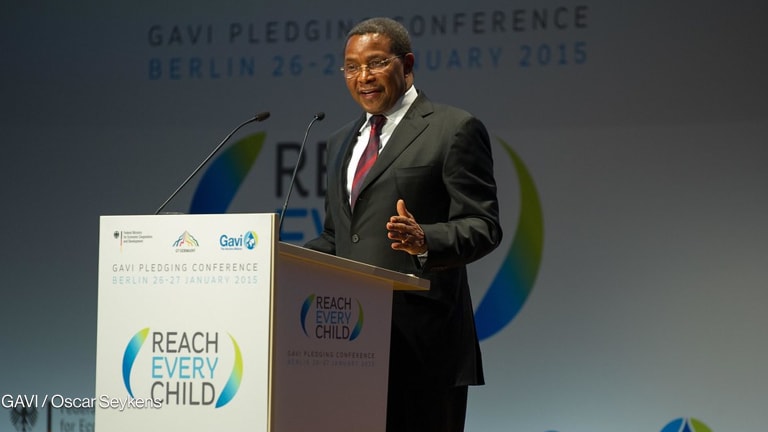
In 2008, the World Health Organization set an ambitious goal: Reduce measles mortality 90 percent by 2010, compared with 2000 levels. A study published at the Lancet Tuesday (April 24), however, shows the target was missed by just a smidgen: Global deaths owing to measles fell 74 percent from 535,000 in 2000 to 139,300 in 2010.
Fast forward four years and the Measles & Rubella Initiative has decided to set an even more ambitious goal: Zero deaths from measles and rubella by 2020.
Vaccination played a significant role in curbing death from measles. The study notes countries that fully implemented mass vaccination campaigns targeting 100 percent of a predefined population and other strategies saw more than a 90 percent drop in measles mortality rates. Slower gains were made in countries that delayed implementation of the strategies. Case in point? India.
Unlike in Africa where 10 percent of children who contract measles are likely to die, in India, the percentage is estimated at less than 2 percent, Peter Strebel from WHO’s expanded program on immunization told IRIN News. This may have led to the delays and could explain why the government was not as aggressive in implementing the reduction strategies as high-risk countries. As a result, India contributed 47 percent to estimated global child deaths from measles in 2010. Africa, which saw mortality rates decline 85 percent, accounted for 36 percent.
But the study does prove that well-run vaccination programs are effective. Armed with this data, the Measles & Rubella Initiative drafted a five-pronged strategic plan to reduce global child deaths from measles at least 95 percent by 2015, still compared with 2000 levels. The plan also targets complete elimination of deaths from measles and rubella in at least five regions by 2020.
The strategy’s core initiatives are:
Provide two doses of measles and rubella vaccines to all unvaccinated children between 9 and 12 months old.
Build and maintain an effective surveillance and evaluation system to ensure progress.
Have a plan to prepare for and respond quickly to outbreaks.
Boost social mobilization efforts and community awareness of the benefits of immunization.
Research and develop cost-effective operations, and better vaccination and diagnostic tools.
Kathy Calvin, CEO of the United Nations Foundation, notes the initiative needs $112 million to meet the 2015 goals. Calvin stresses “significant commitments” are needed not just from the government and the private sector, but also from individuals “because a small donation from the public can go a long way and help save many lives.”
Read more development aid news online, and subscribe to The Development Newswire to receive top international development headlines from the world’s leading donors, news sources and opinion leaders — emailed to you FREE every business day.








